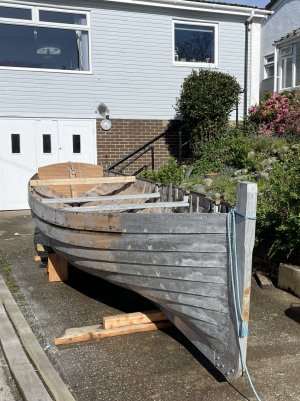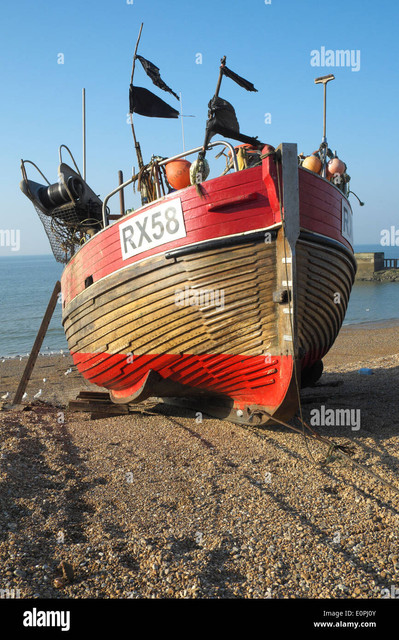Boatno1lochleven
New member
Hi. I have a 19ft clinker built rowing boat that is presently undergoing restoration and in preparation for it’s completion I’m trying to find the best material for a keel band that runs down the stem post along the keel and turns up the sternpost for a short distance.
The boat is copper and bronze fastened throughout, i have concerns about using marine grade stainless steel and how that may react with the fastenings.
there are also suppliers brass d shaped profile bands available but apart from not being wide enough, I’m still concerned about the brass deteriorating in salt water.
Any suggestions on the above would be appreciated
The boat is copper and bronze fastened throughout, i have concerns about using marine grade stainless steel and how that may react with the fastenings.
there are also suppliers brass d shaped profile bands available but apart from not being wide enough, I’m still concerned about the brass deteriorating in salt water.
Any suggestions on the above would be appreciated


